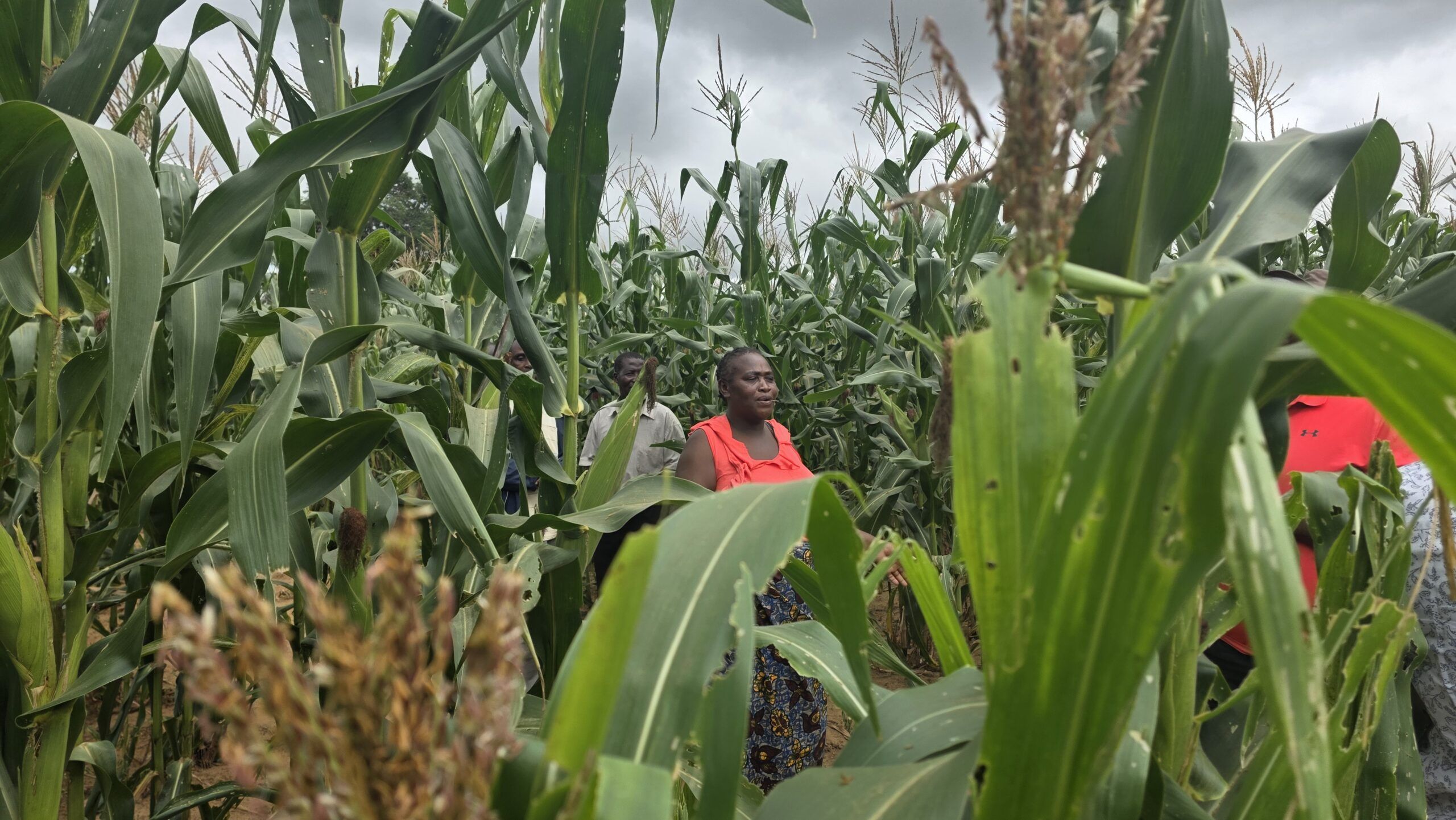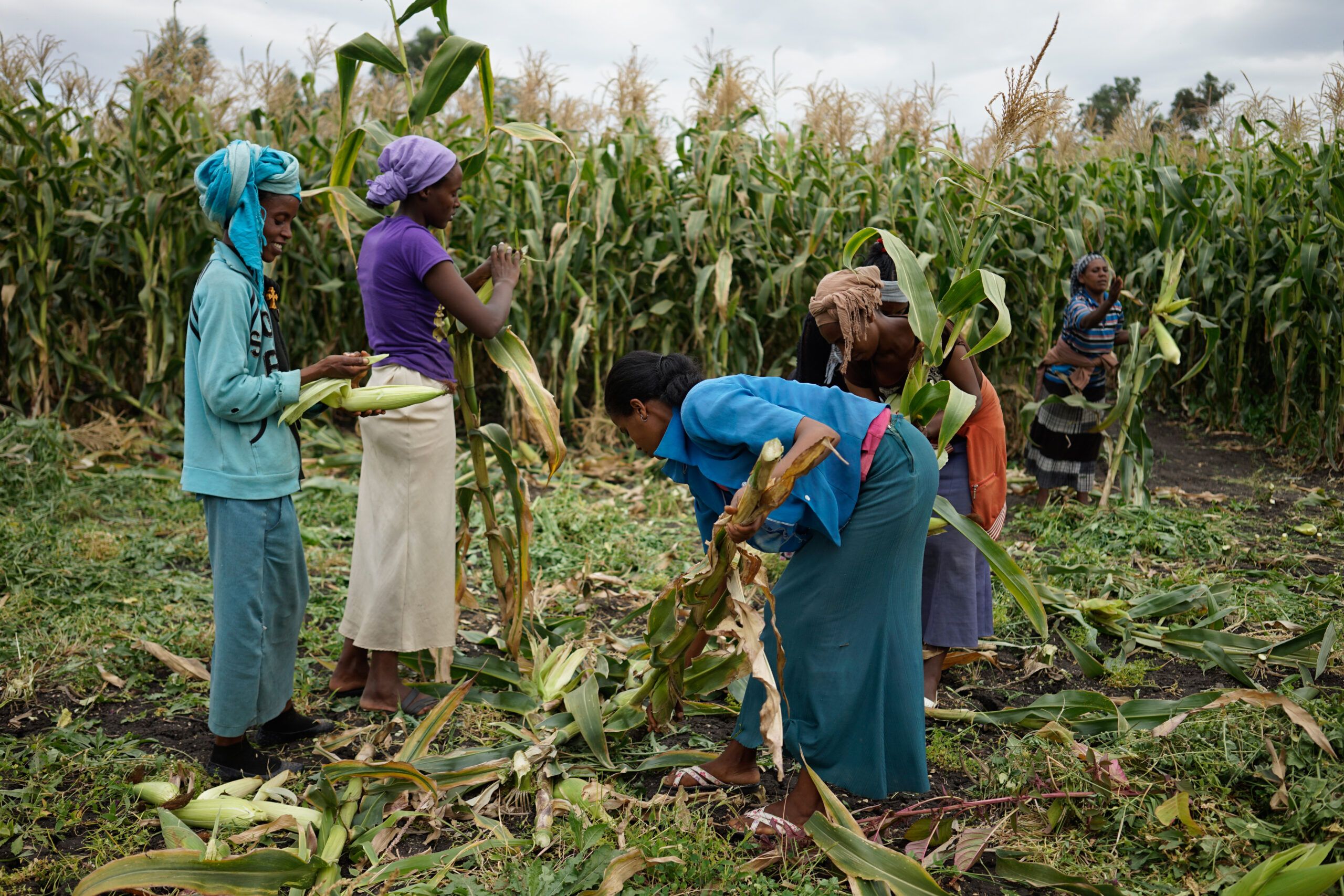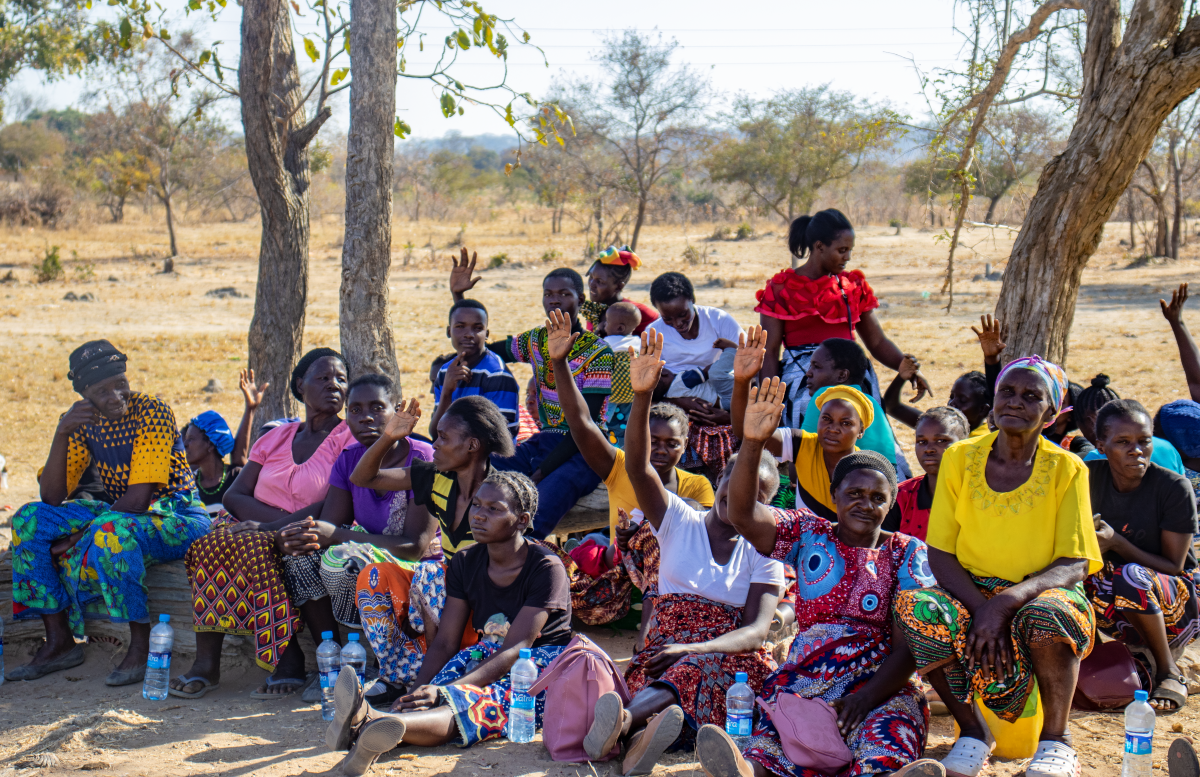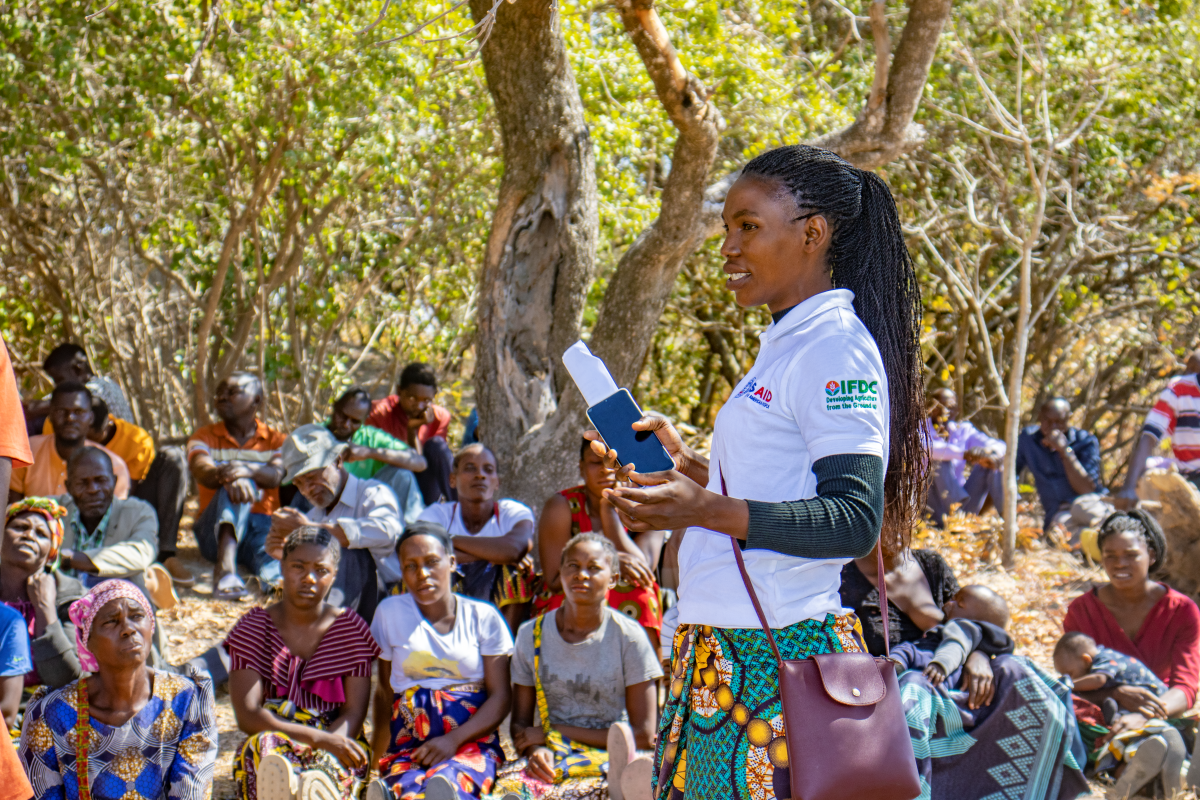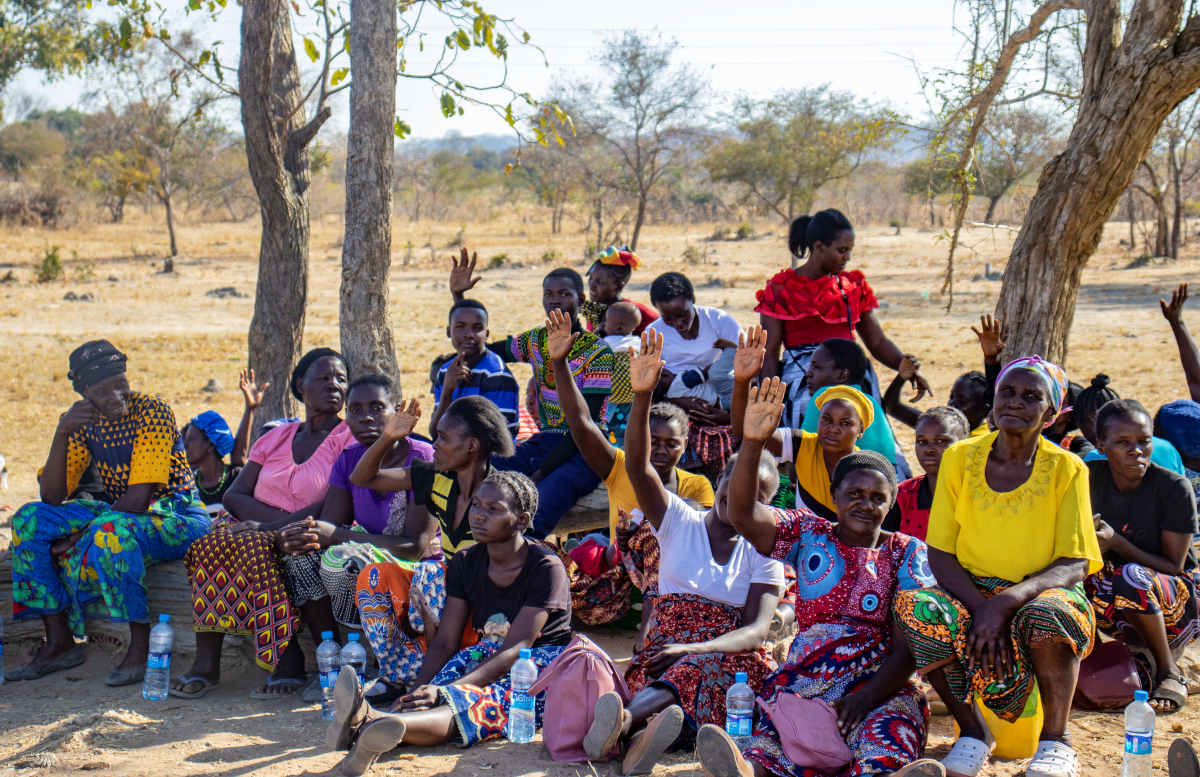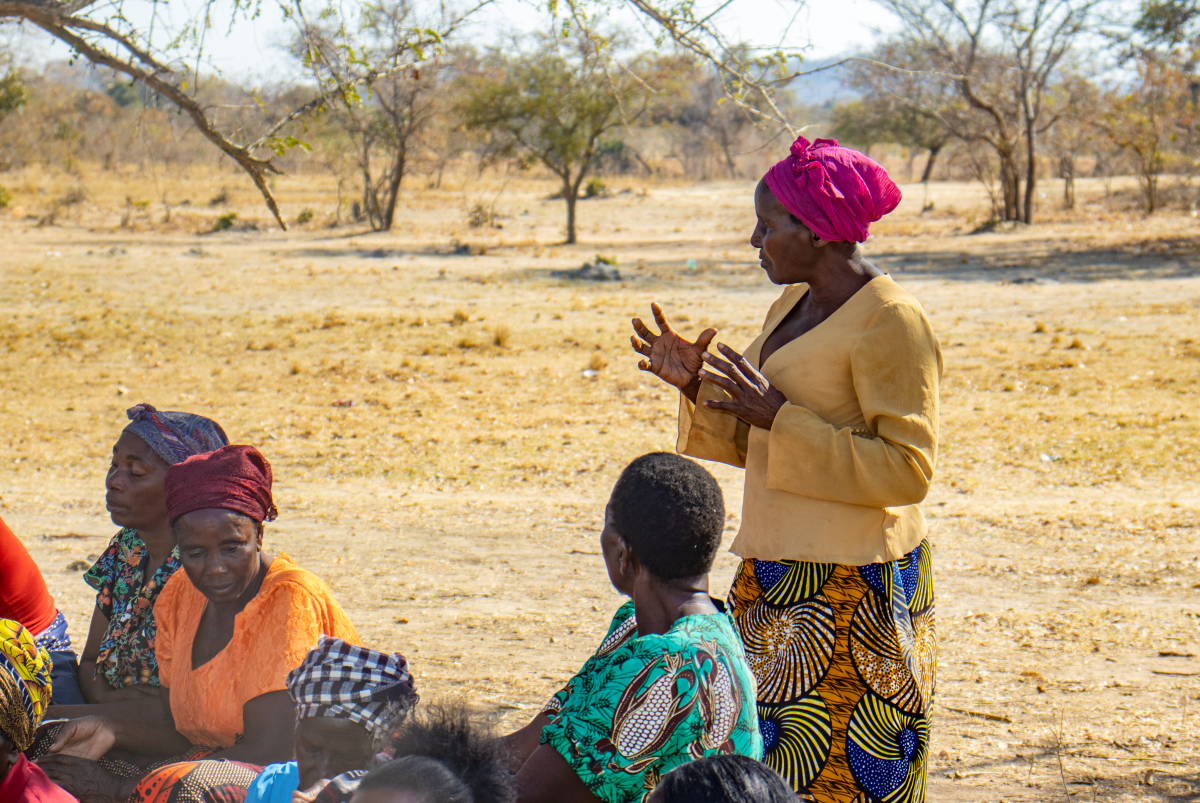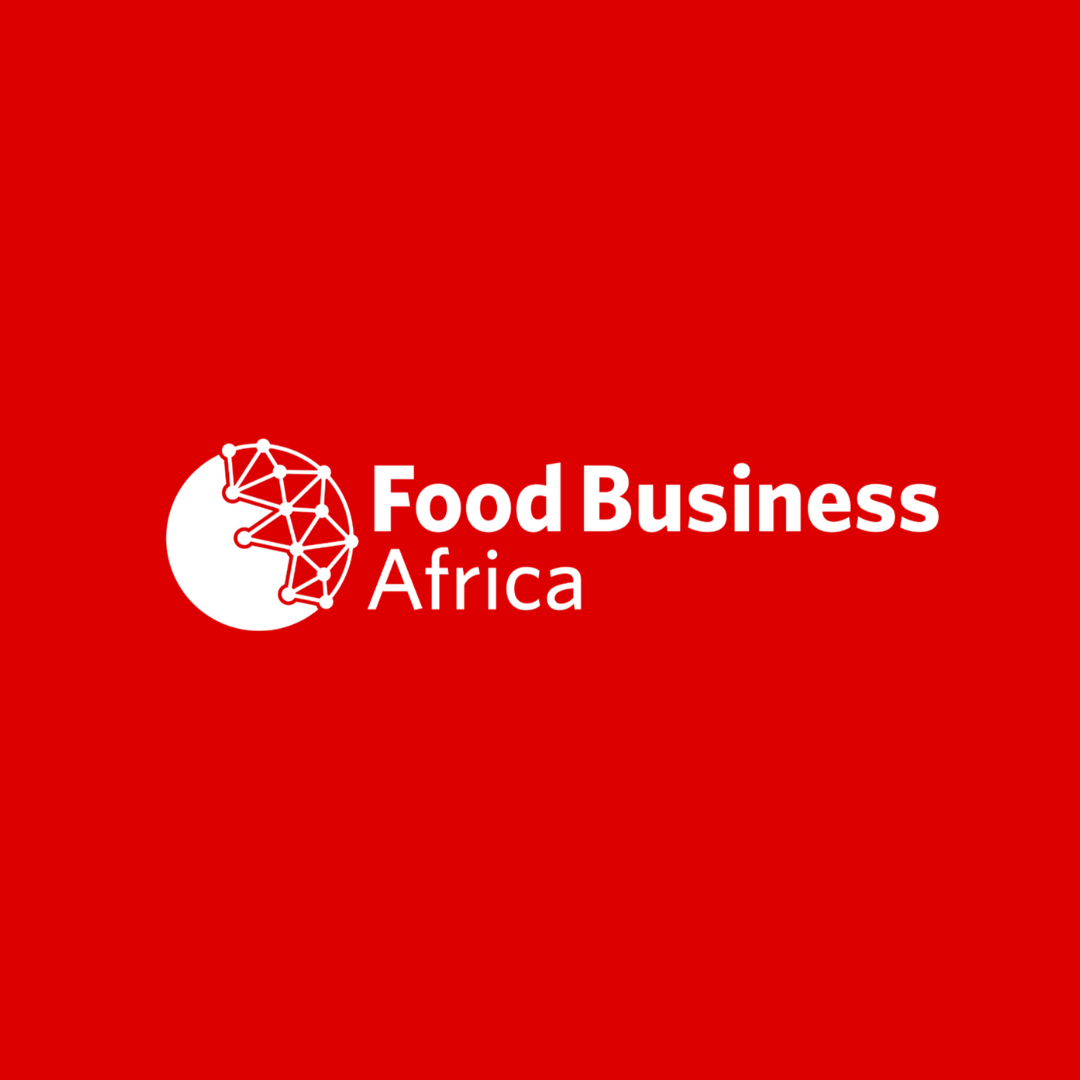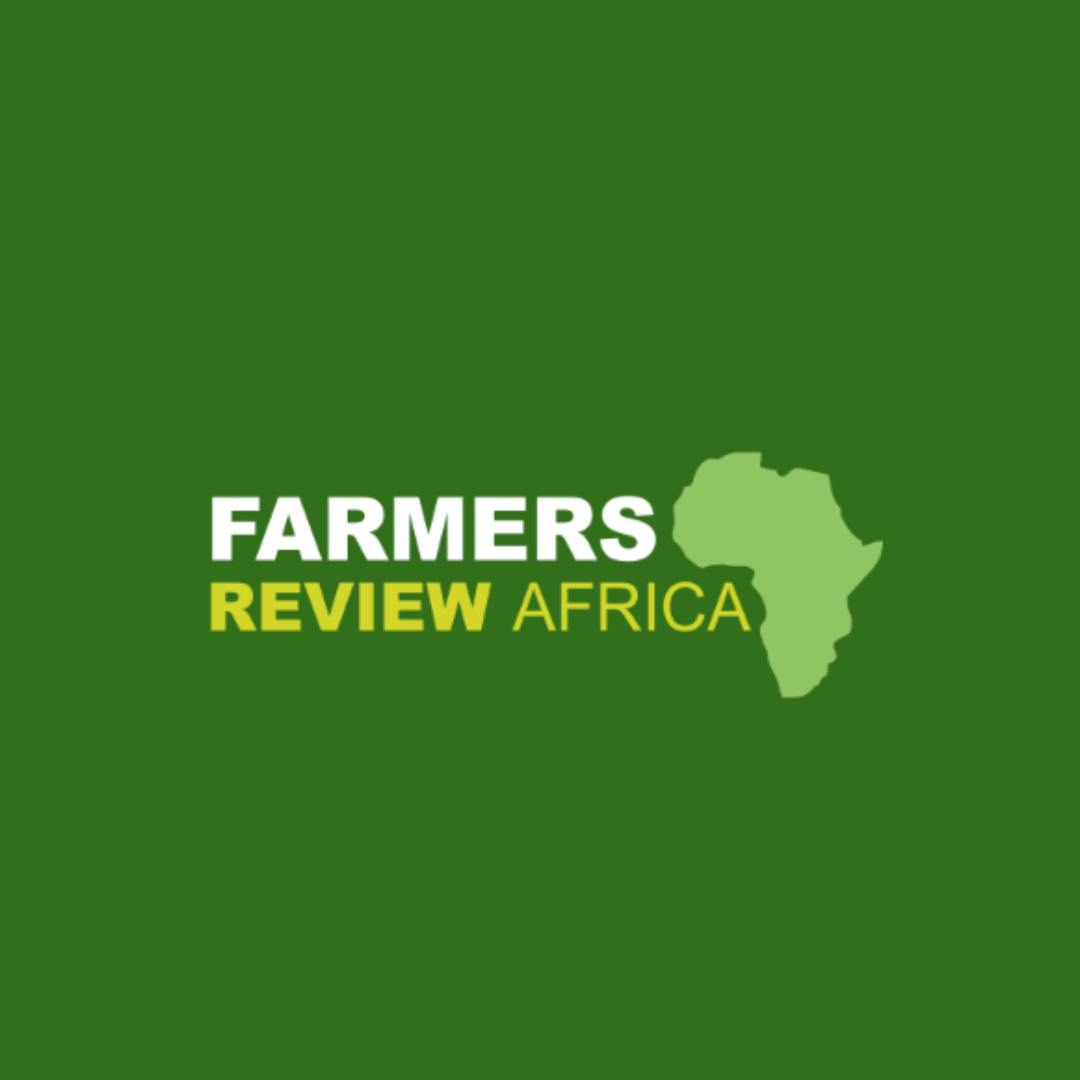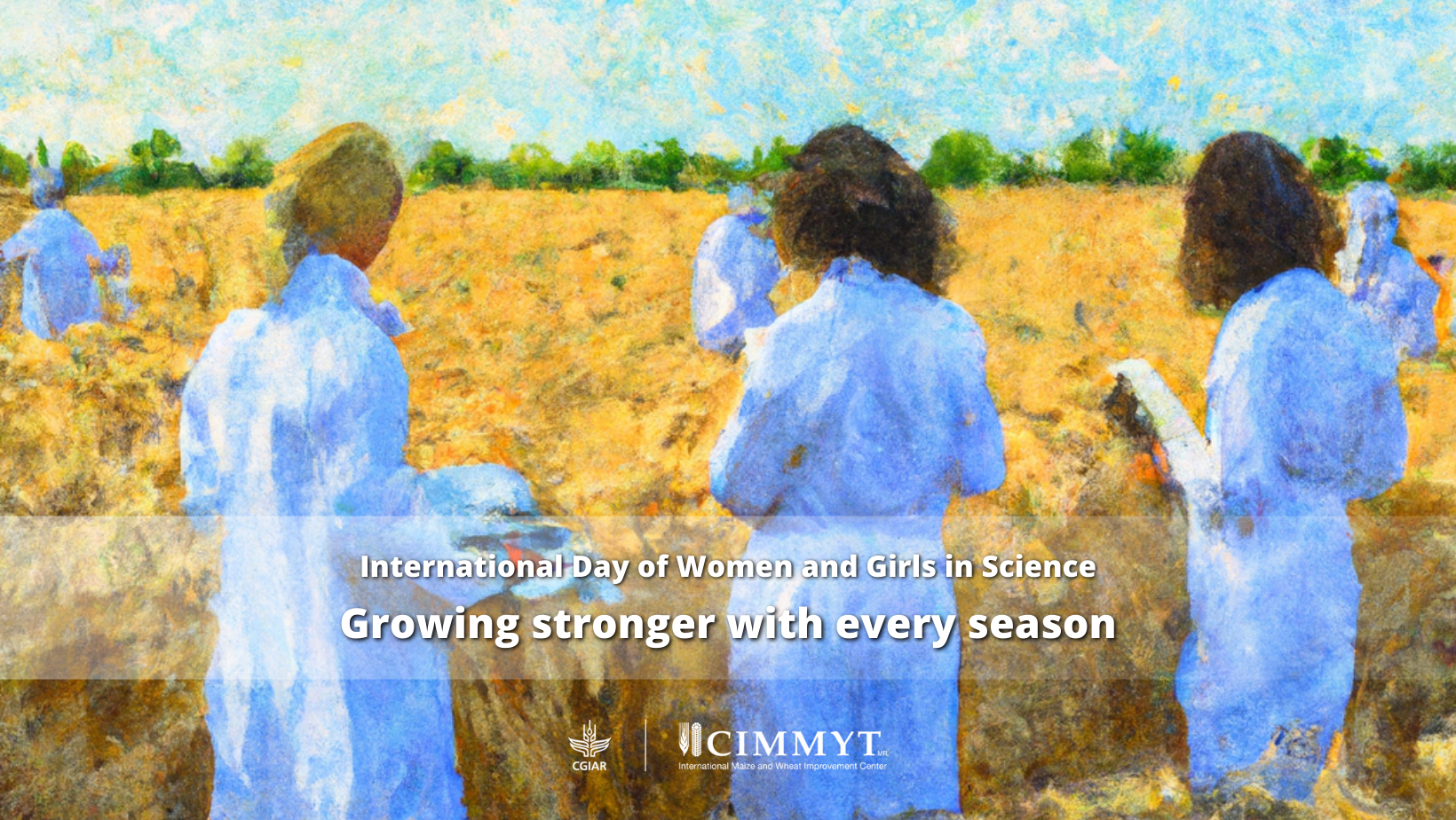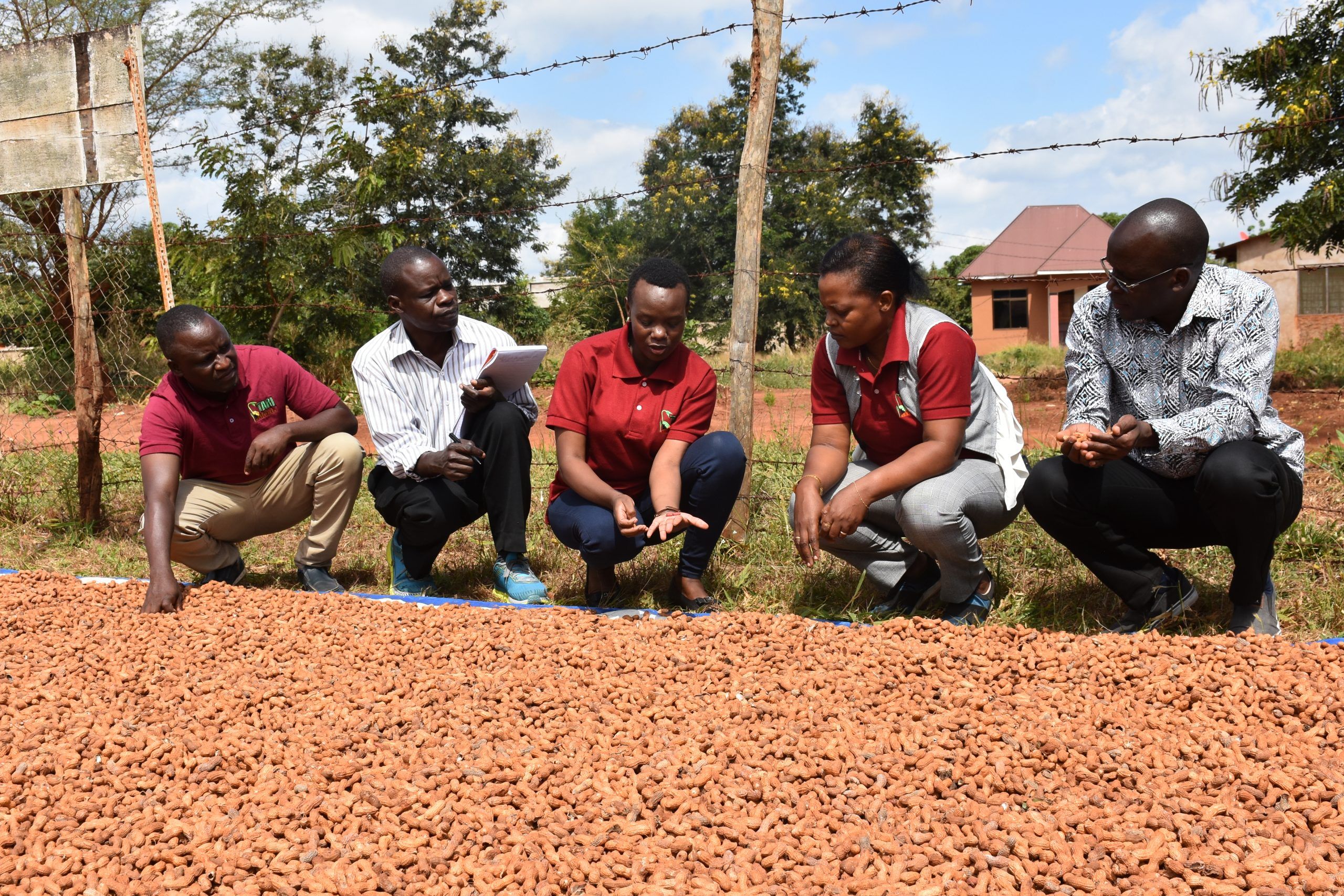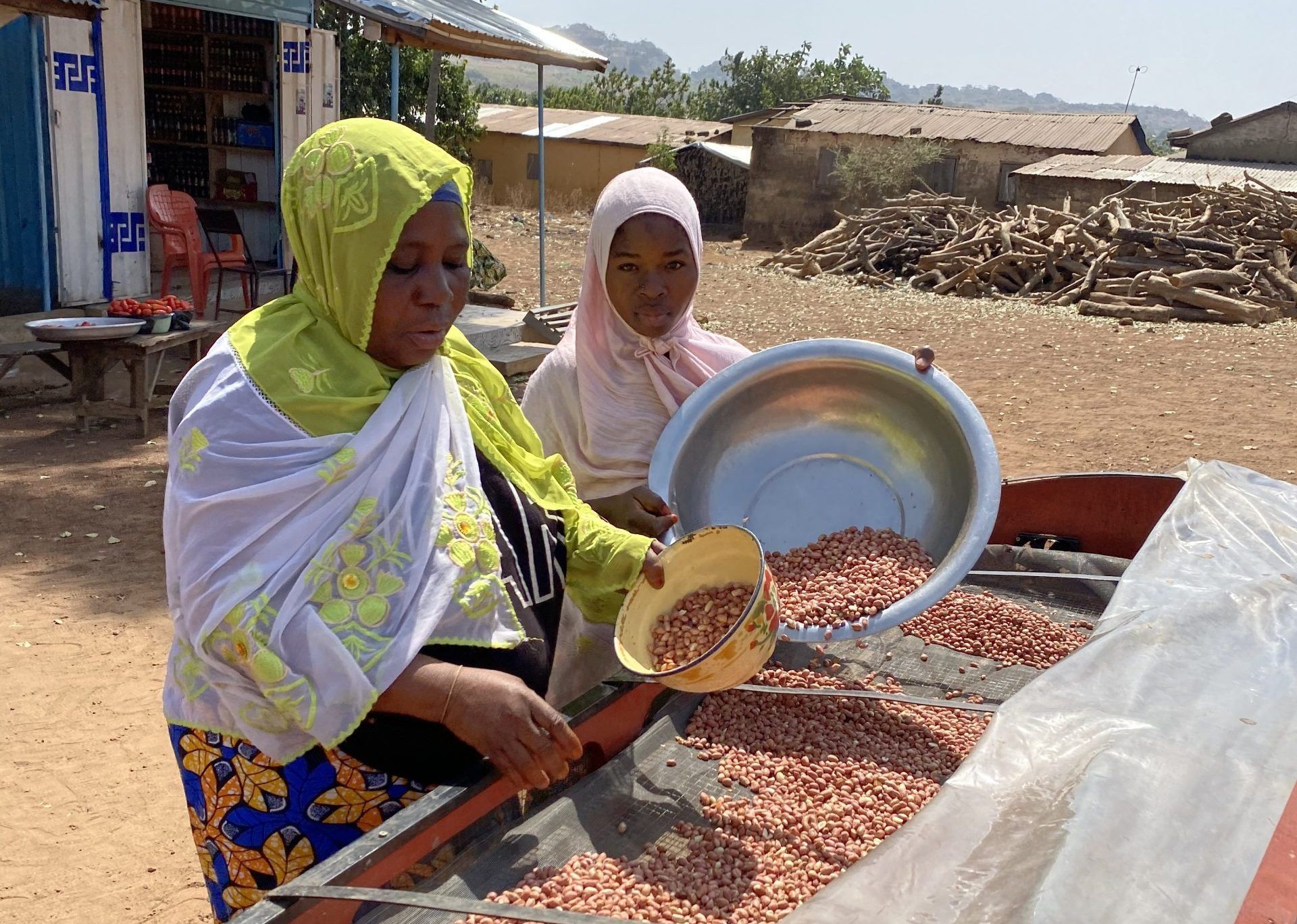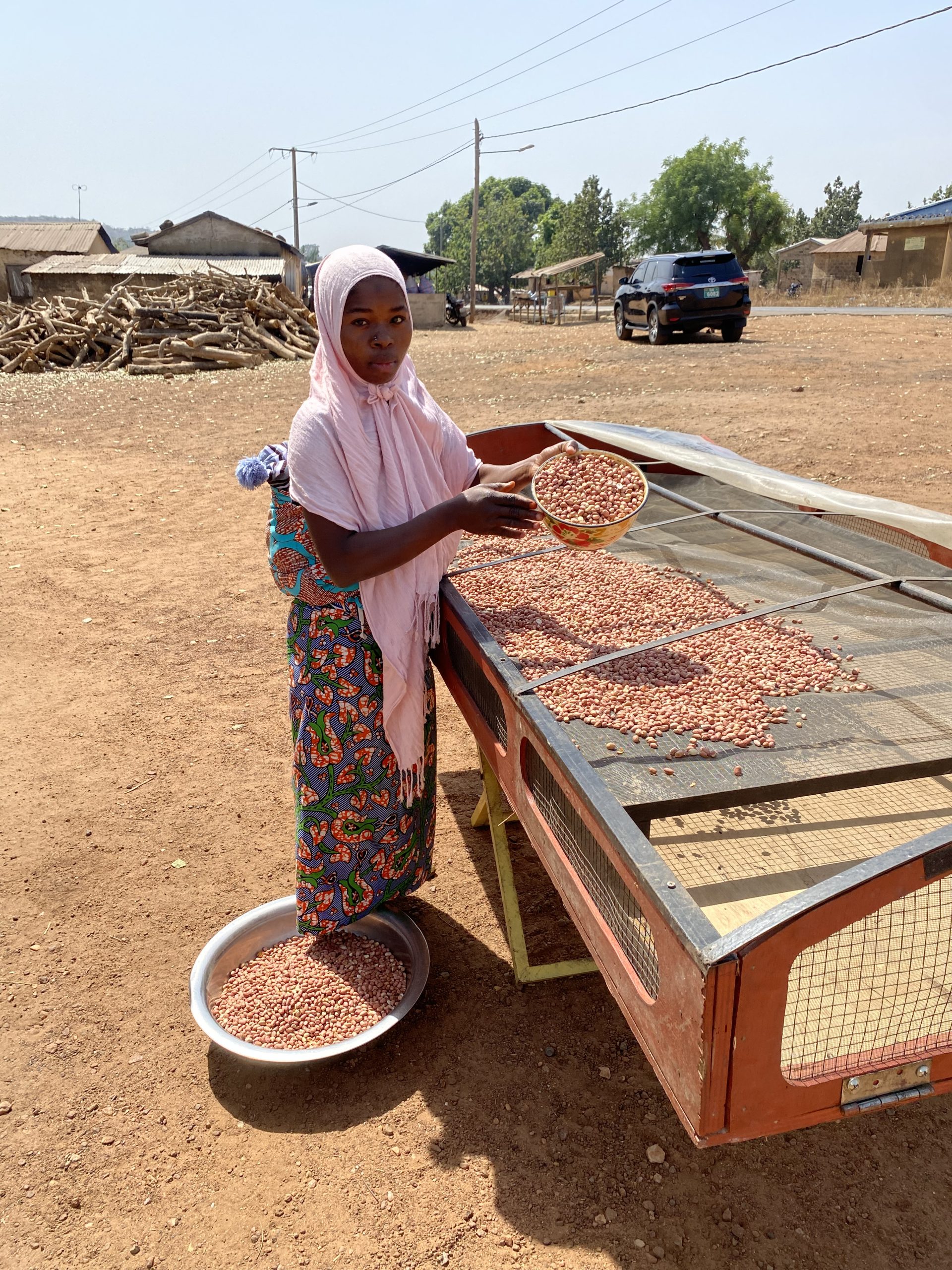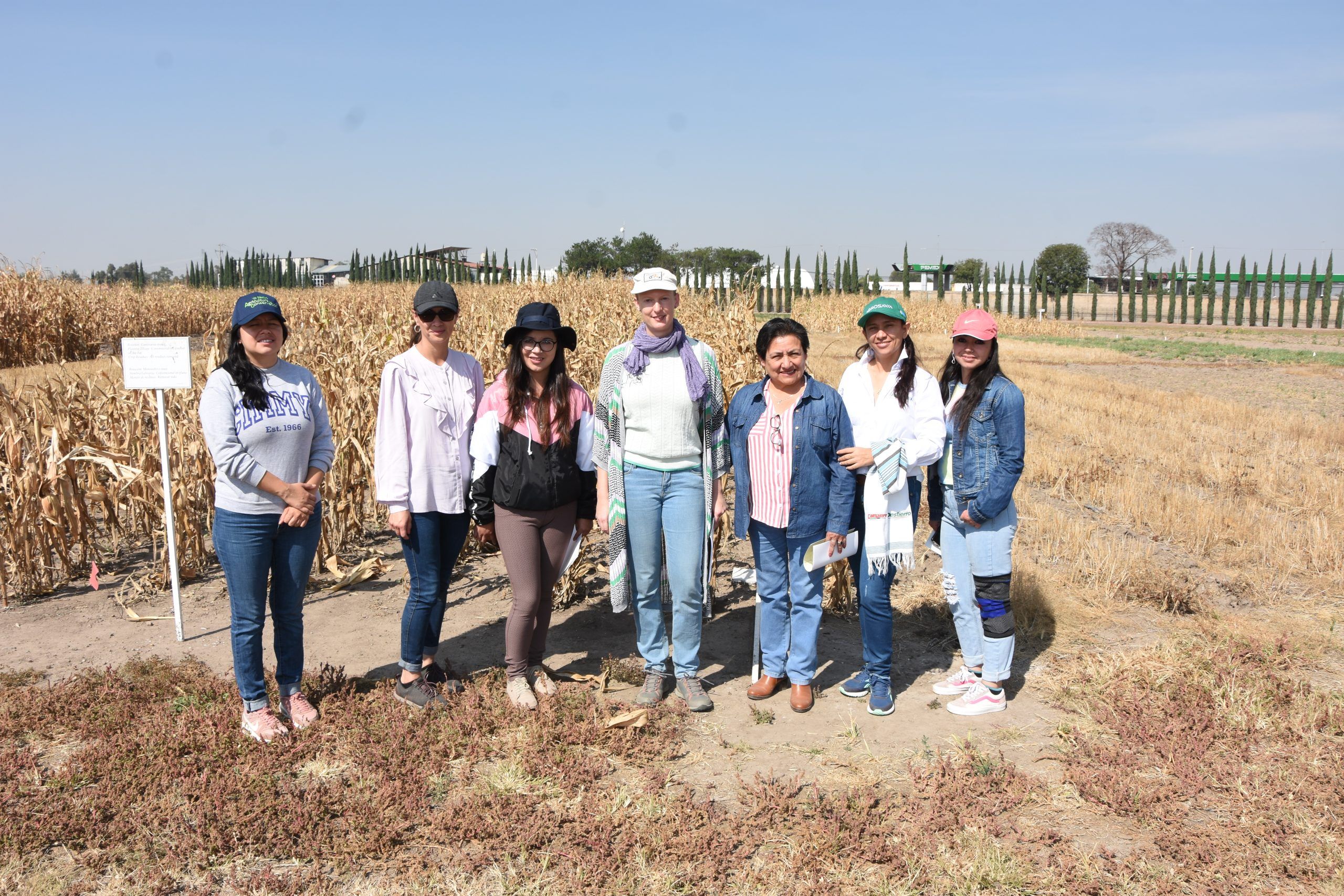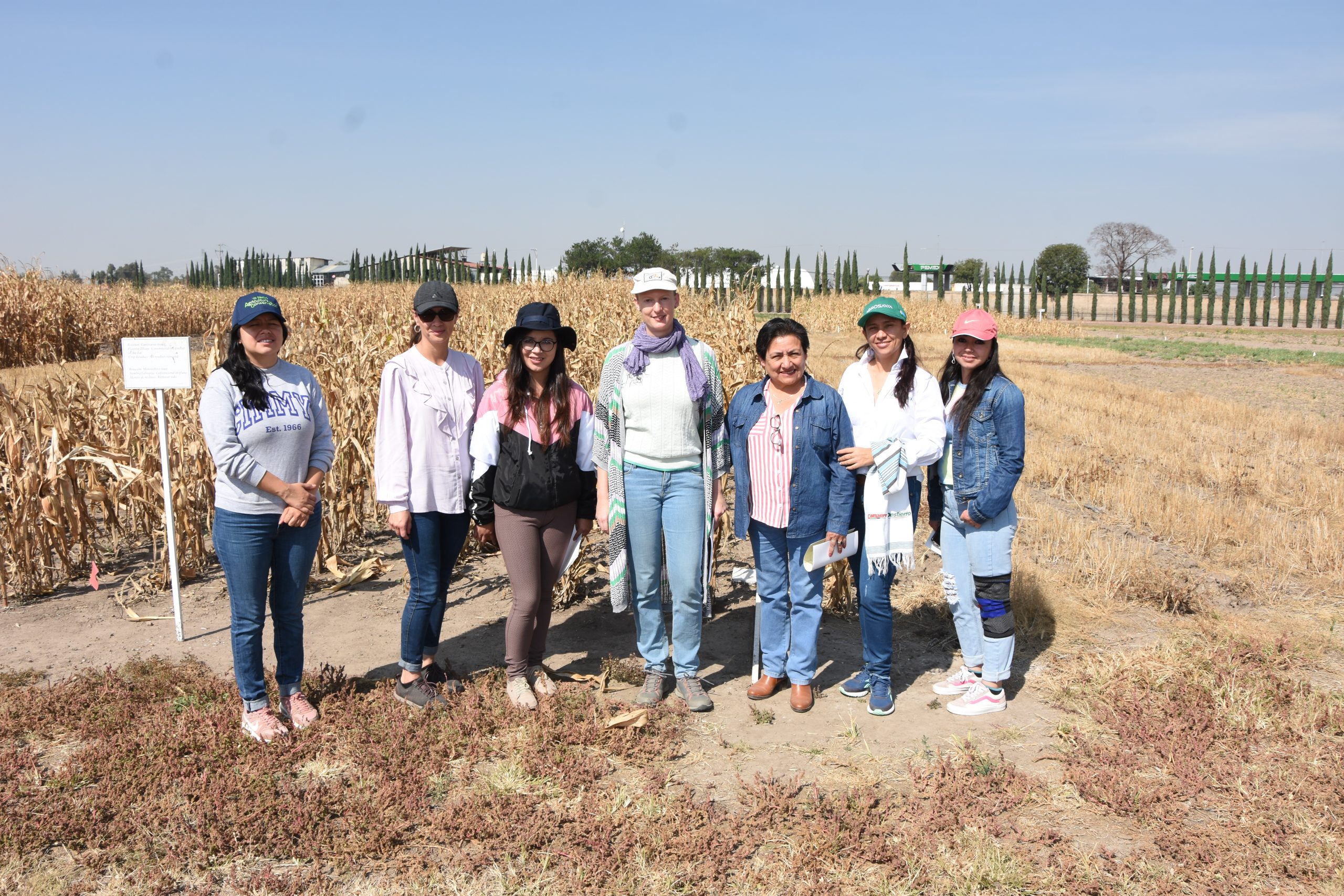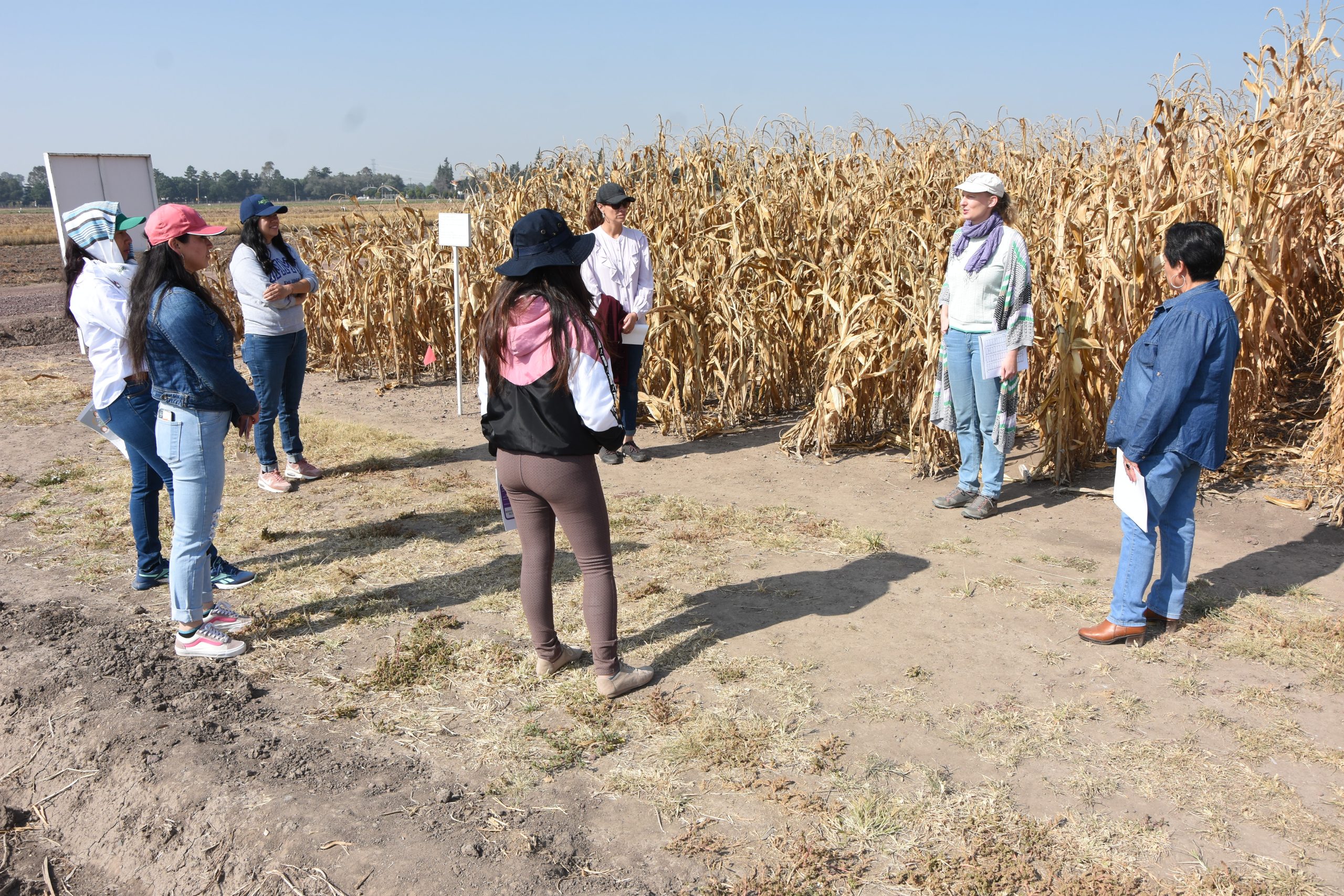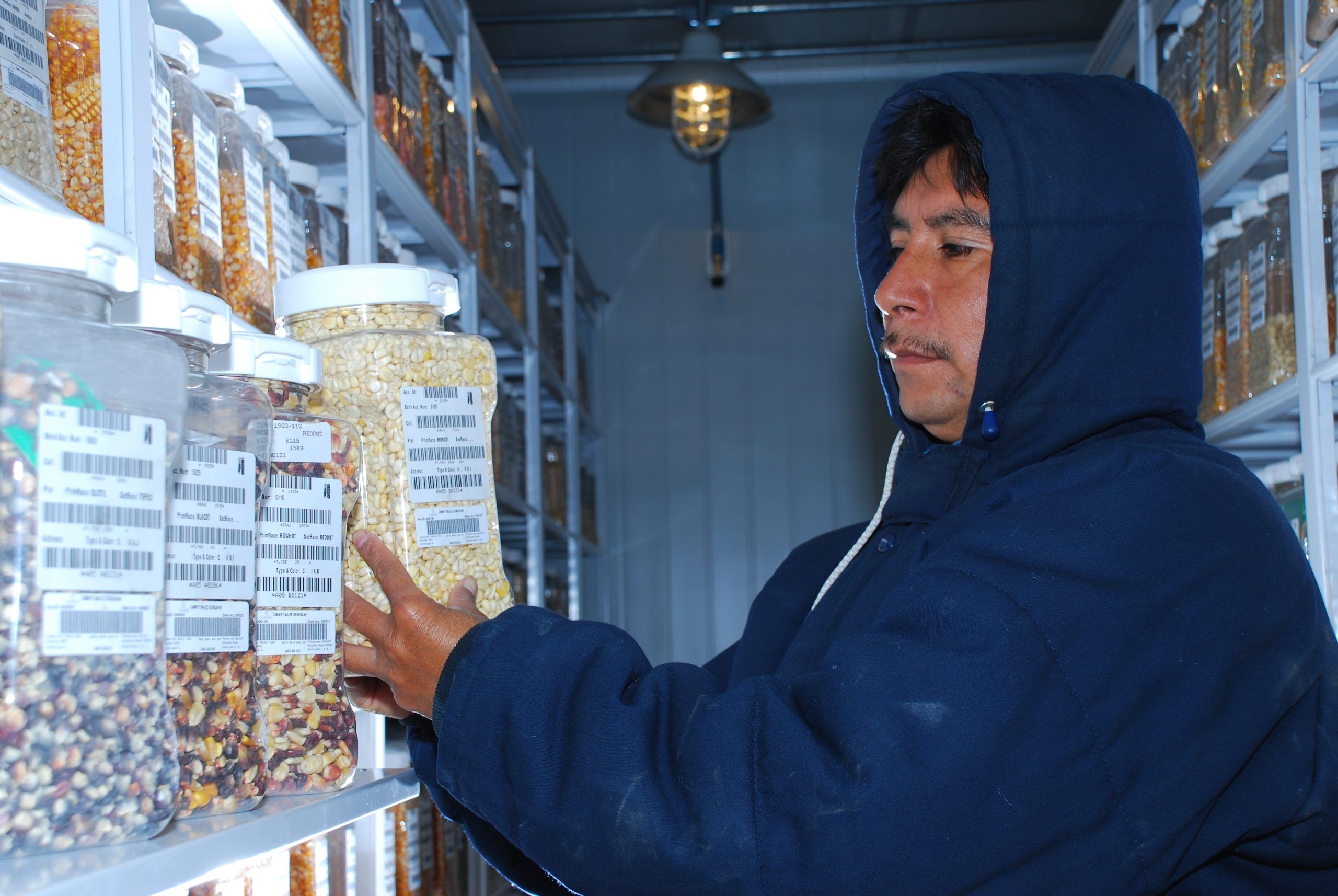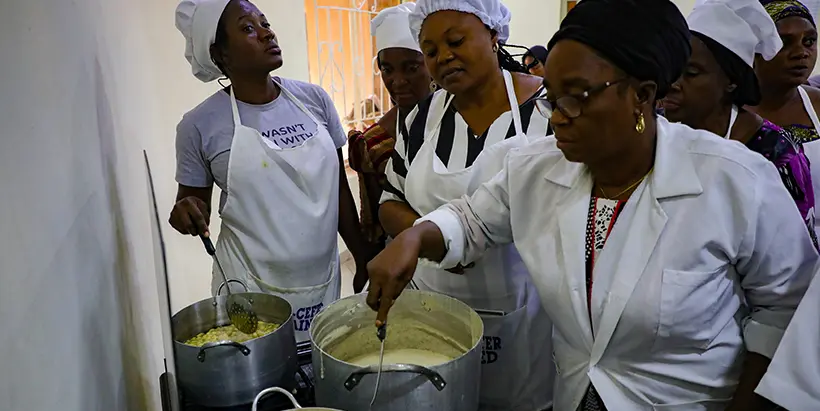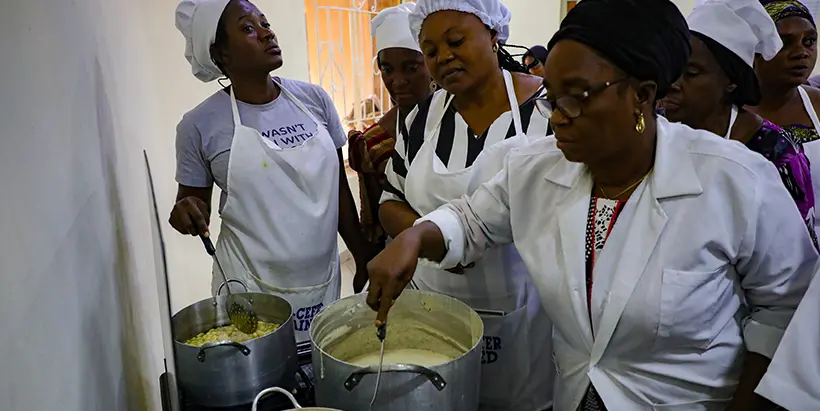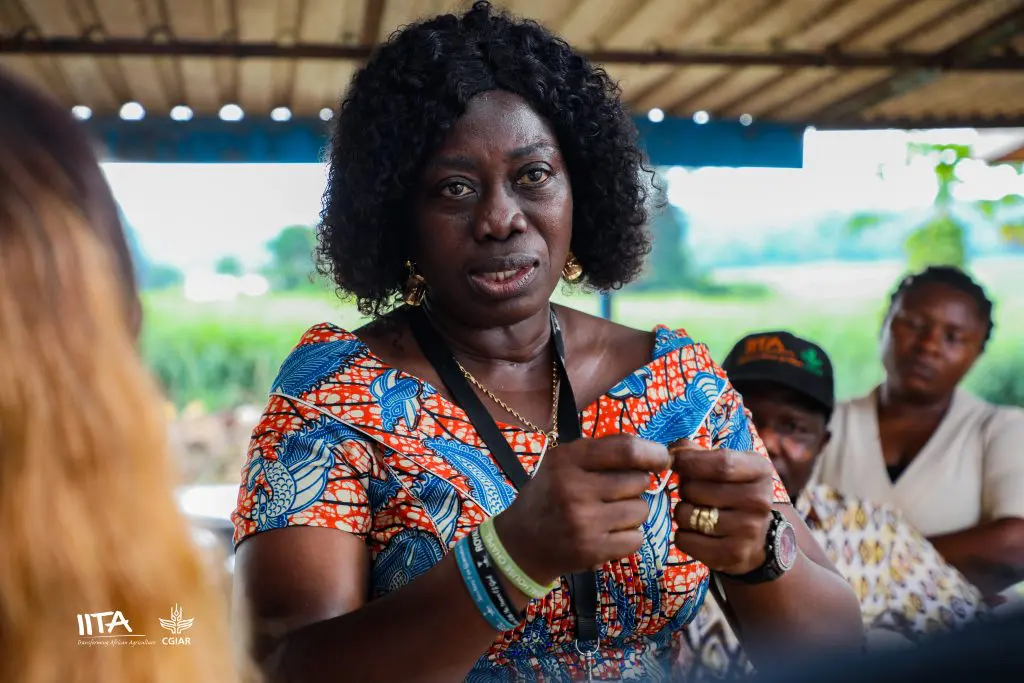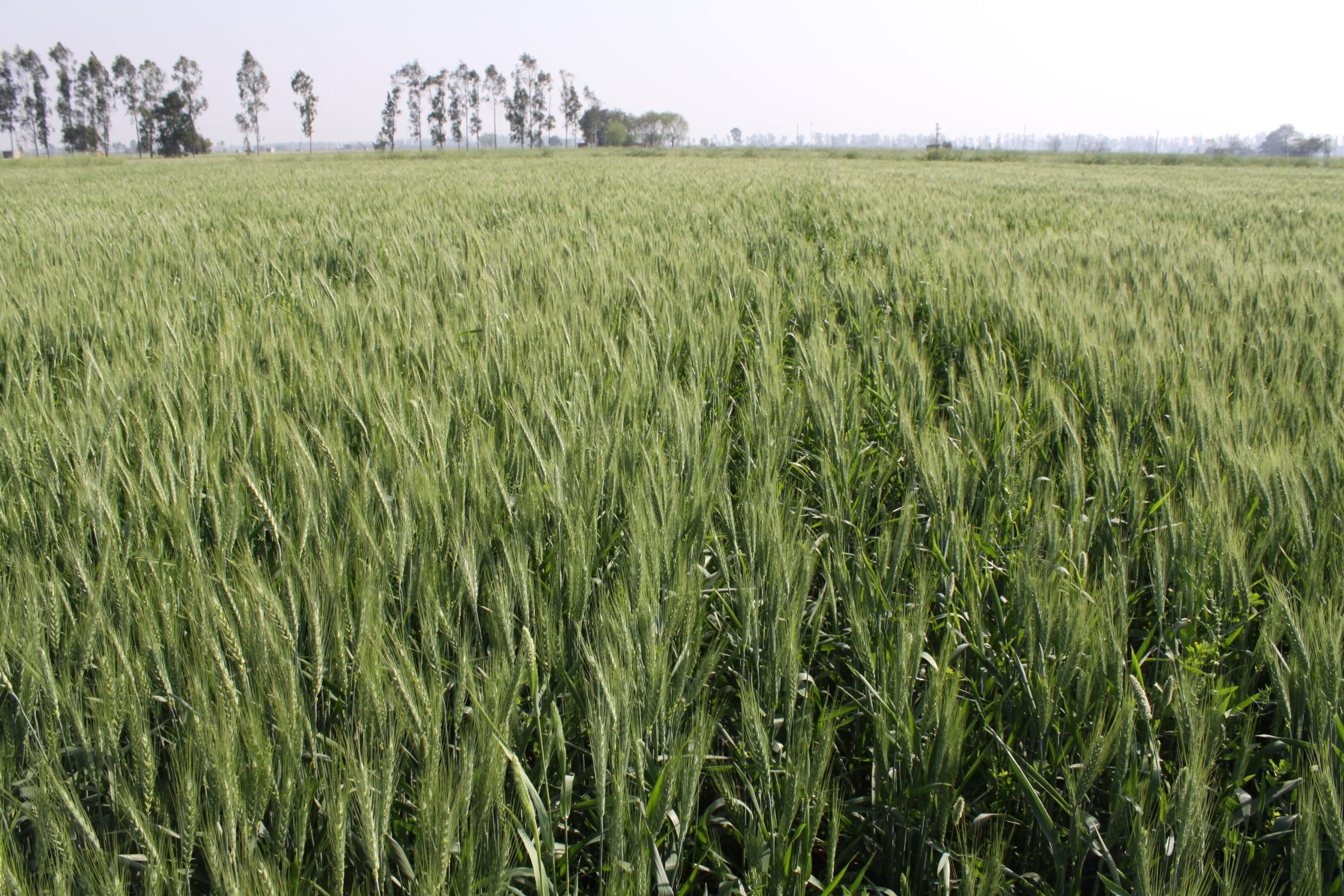Sowing knowledge, Reaping impact: Lydia’s journey from trial farmer to community leader in Monze, Zambia
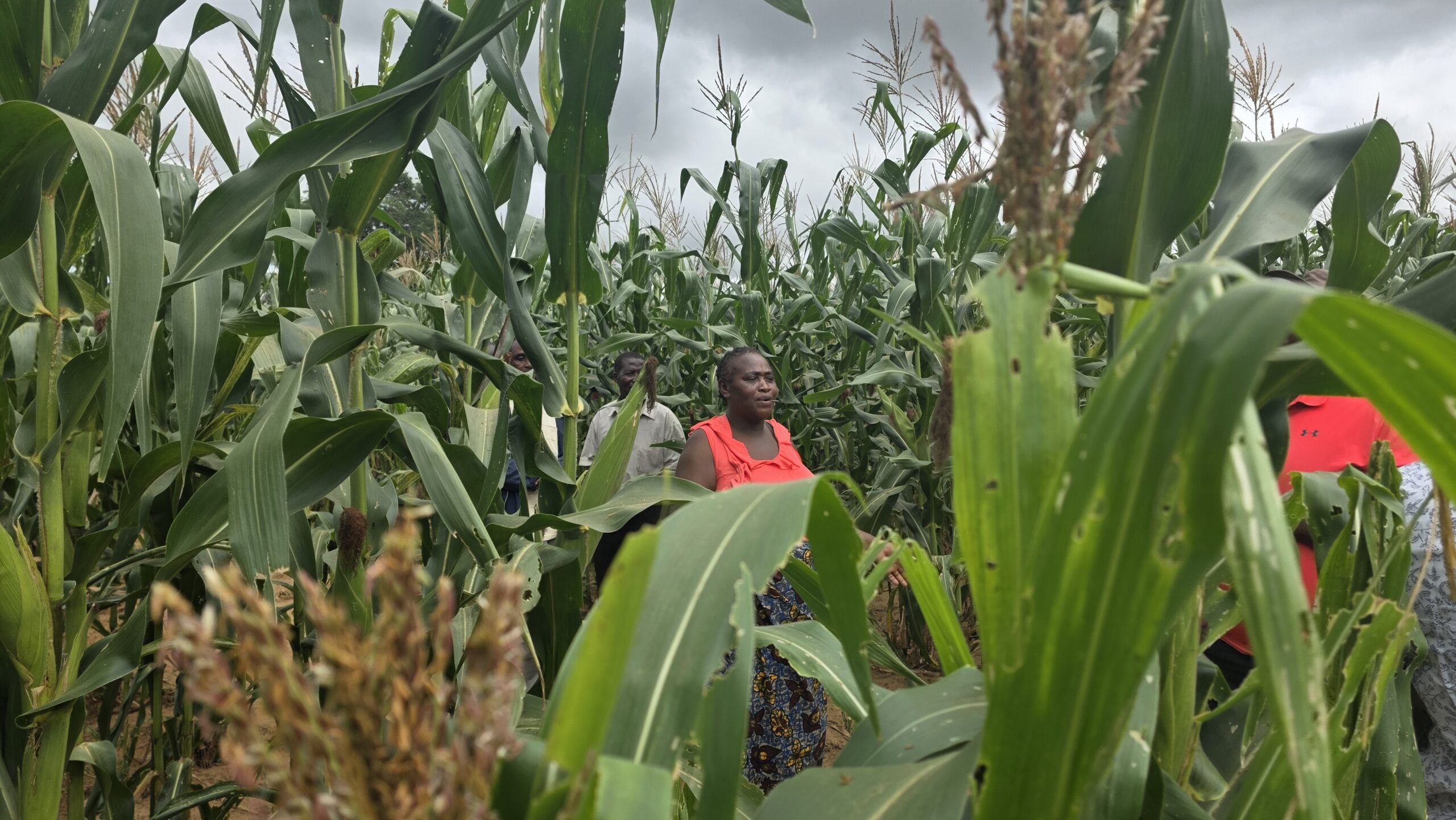
An early morning walk across the fields in Zambia’s Southern province, one is met with maize fields infested with fall armyworm. In contrast to last season’s El Nino induced drought, and as we approached Lydia Siankwede’s field, one is met with her thriving maize and legume field, with its deep-green canopy signaling strong growth and optimal soil health in her crop.
Each morning, Lydia tends to her field with an inquisitive mind, clutching her protocol, which serves as a guide for daily tasks. The dew clings to her shoes as she inspects each plot, checking crop performance, scouting for pests, and noting observations in her trial protocol. Yet beneath this plant vigor, a silent threat lurks—fall armyworm, its larvae discreetly feeding on tender maize leaves.
Her field, which hosts a mother trial under the EU-funded Sustainable Intensification of Smallholder Farming Systems in Zambia (SIFAZ) program, is a patchwork of promising technologies. A mother trial is a farmer-managed, researcher-led experiment that serves as a central site for testing a variety of agricultural treatments under controlled conditions.
Mother trials are part of a mother-and-baby trial approach—a participatory research model designed to test and disseminate new farming technologies while involving farmers in the evaluation process. The approach involves mother trials and baby trials. Baby trials are farmer-managed trials conducted across multiple locations, usually in individual farmers’ fields. Each participant chooses a subset of treatments from the mother trial to test in their own field under specific local conditions. In these mother-and-baby trials, science meets farmer reality, and knowledge grows with every season.
Across the Southern Province, mother-and-baby trials are part of a broader research effort to develop crop intensification practices tailored to smallholder farming systems. In Kazungula Camp, where rainfall is low and erratic, the focus has been on integrating livestock and crop systems, rotating maize with fodder legumes like mucuna and lablab. In other communities, experiments are ongoing with integrating soybean into the maize-based cropping systems and intensifying them with pigeon pea and Gliricidia, both leguminous shrubs that provide fodder and enhance soil fertility. Each treatment is carefully monitored across experimental plots over several seasons to assess its effect on yields, soil health, pest pressure, and its longer-term impact in light of a changing climate.
Lydia, a hardworking farmer with 11 hectares of cultivable land, began her journey as a baby trial implementer, testing a single conservation agriculture (CA) practice in her own field. But her passion for learning and strong work ethic quickly set her apart. Within three years, she transitioned to managing a full-scale mother trial, giving her the opportunity to test a wider array and bundle of technologies across a larger plot. Today, Lydia experiments with crop rotations, intercropping, and fodder management—practices designed to boost productivity for humans, soil, and animals; build resilience; and reduce reliance on chemical inputs.
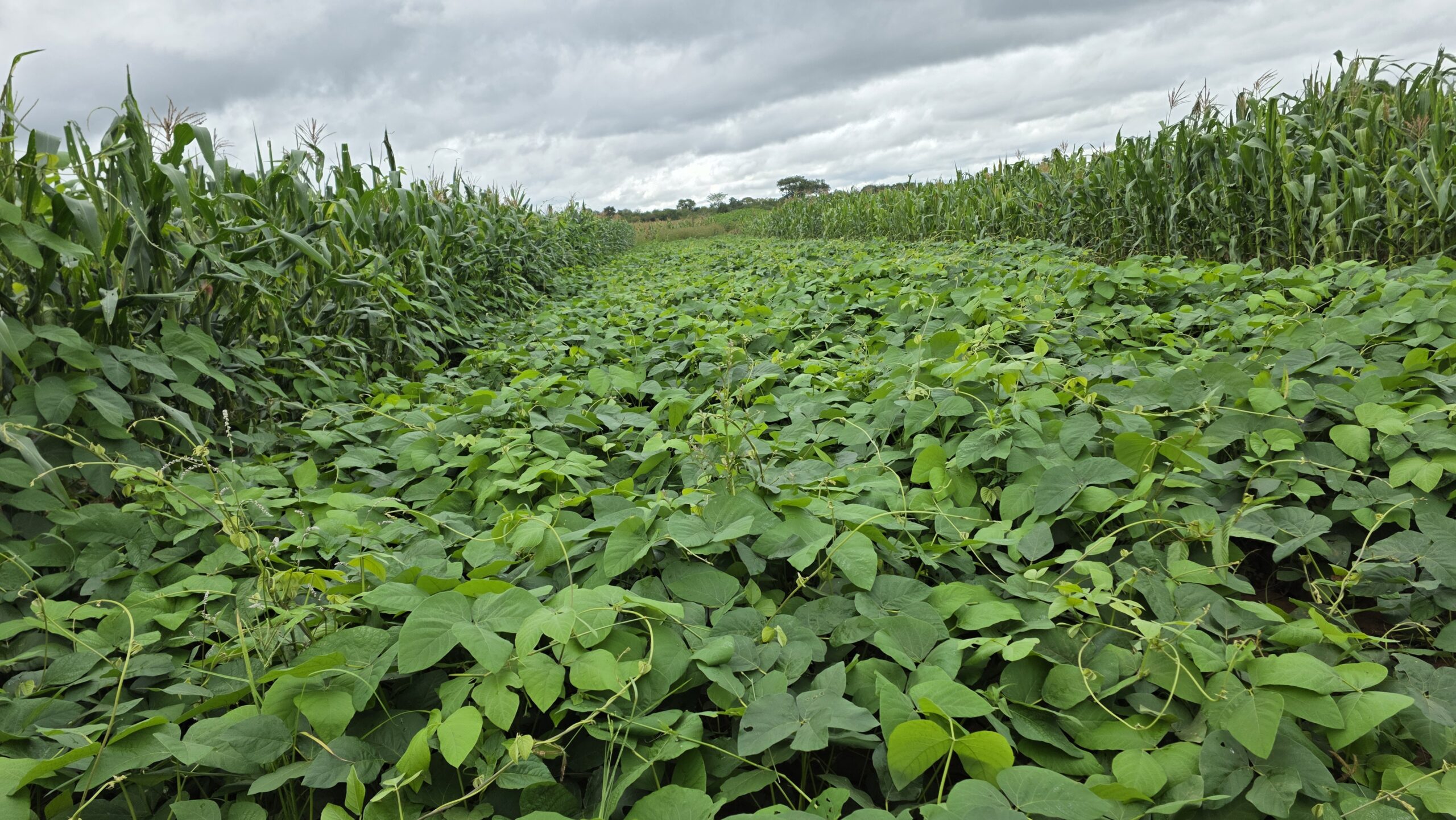
What do the agronomic results bring to the table?
Each season, unique by nature, has brought valuable lessons, with promising long-term results. Since 2021, more than 1,200 farmers in Kazungula Camp, including Lydia, have adopted CA-based crop rotations beyond the trials. While yield gains for maize and legumes are not always immediate, economic analyses consistently show that CA systems generate higher returns compared to conventional tillage systems with sole maize cropping. This proved especially important in years such as 2023/24, when rainfall barely reached 373 mm due to an unprecedented El Niño year. In Kazungula, trials on maize–mucuna strip cropping and maize–lablab rotations showed resilience, with farmers expressing strong interest in growing more fodder and advancing seed multiplication for these crops.
Her reality on-farm
For Lydia, these trials are more than research—they are a valuable tool for transformation. What impressed her most was the maize–lablab rotation. “It’s a game changer for me,” she says. “Lablab suppresses weeds, improves the soil, and even the leaves and pods are useful to eat as relish.” Although lablab is primarily cultivated as animal feed, Lydia’s family has started to enjoy lablab as part of their diet, reducing food costs and increasing nutrition.
In addition, the strip cropping of alternating four rows of narrowly planted maize with four legume rows has also impressed her, especially in terms of weed management. “Weeds are easier to manage, and although armyworm damage is present, it is not destructive,” she explains.
Her determination has grown with each season. Last year, Lydia harvested just 50 bags of maize from scattered parts of her trial field. But instead of pulling back, she leaned in. This season, with better planning and deeper knowledge, she expects to harvest up to 300 bags—enough to feed her household of seven and still have a surplus to sell.
Lydia’s story highlights how participatory research can empower farmers to lead change from the ground up. With access to the right knowledge, support, and tools, she is not merely surviving uncertain seasons—she is farming with purpose.
